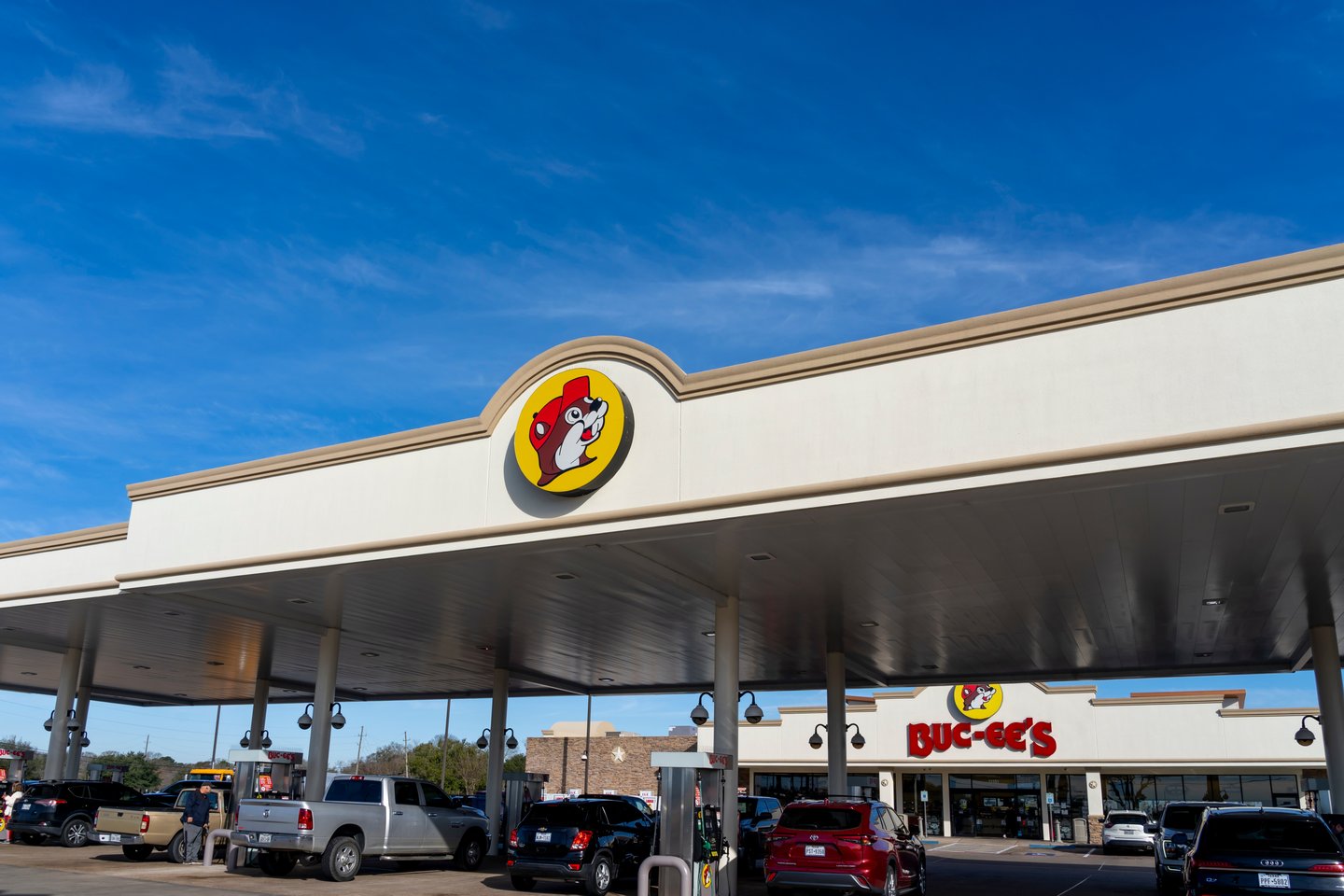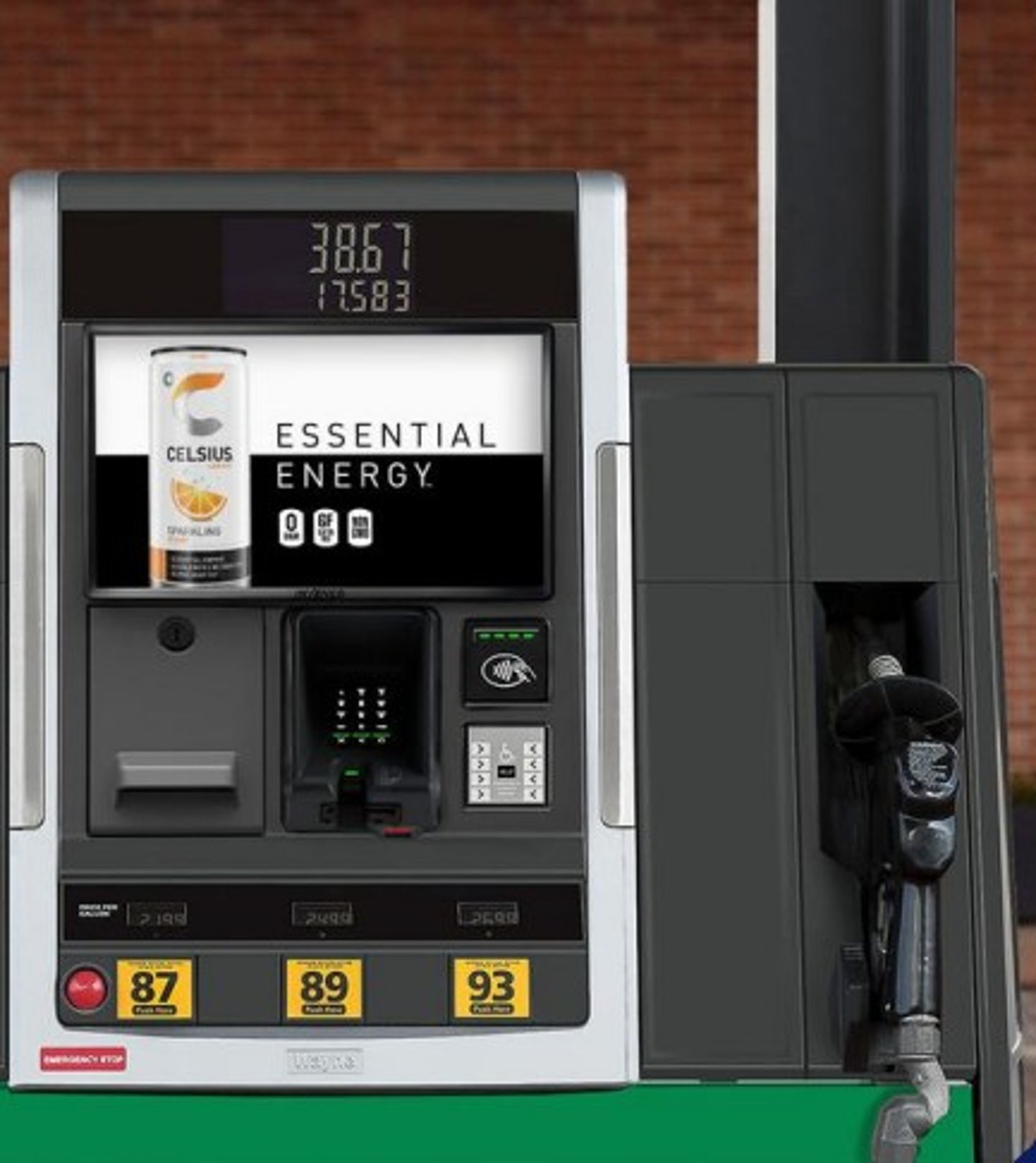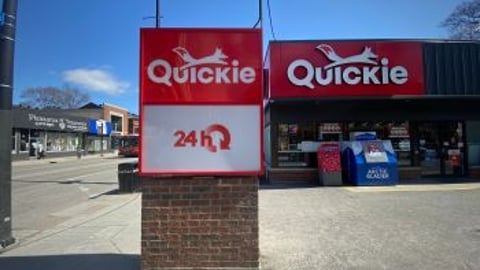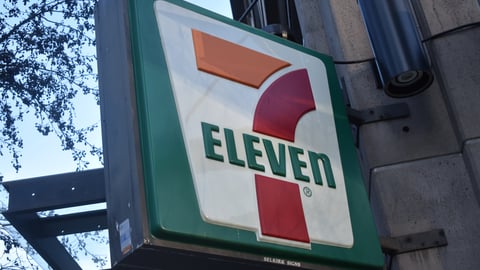Convenience and fuel operations no longer just gas-and-go stops
There is an old joke that described gas stations with convenience store operations as places to buy ‘Smokes and Cokes.’
Today, you are more likely to find a gas station’s operations and its convenience store a high-tech affair and foodservice offerings that can put some QSRs to shame.
That is what Intouch Insights finds in its latest Intouch Insight Convenience Store Trends Report 2025, where convenience stores are no longer just a place to fill up and grab a quick snack or drink, but full-service destinations.
According to the study that drew upon customer surveys, mystery shopping and operational audits covering 10 major U.S. convenience store brands and another 32 brands, the report paints a picture of convenience stores that are rapidly evolving and prospering as they work to meet consumer desire for higher quality service and food offerings.
Intouch Insights finds in-store sales hit a record US$335.5B in 2024, and projections show a leap toward US$3.12T by 2028. Much of this is driven by the food offerings that are rapidly becoming a major traffic driver at a growing number of convenience stores that also operate fuel service operations. The study finds made to order food is a major customer draw with some 85% of U.S. consumers reporting having tried a mad-to-order food offering from the store and something many say brings them back to the convenience store. Some 43% of consumers say convenience store food matches QSR offerings with some 72% of consumers adding they see convenience stores as an alternative to QSRs.
The kinds of foods that are most attractive are not just sandwiches and wraps, there is also growing popularity in hot meals, salads and soups. According to the study, hot meal purchases rose from 29% in 2024 to 35% in 2025, with fresh salads rising to 25% from 20% last year. The key here is freshness. What consumers crave is freshly made foods, something such convenience and gas station operators as Buc-ee’s, Sheetz and Wawa have successfully tapped. Anyone who has stepped into a Buc-ee’s can attest to its fresh food offerings and the lineups to buy its brisket and pulled-pork sandwiches, along with other baked goods.
READ: Ask the Expert: How can c-stores tap into the power of retail media networks?
Value is king
Another finding is that with 72% of consumers now considering convenience stores as valid alternatives to QSRs like McDonald's or Taco Bell (up from 56% in 2024), consumers are also placing a high value on value itself. Value meals, combo deals, and customization are driving traffic with strategic $5 meal deals are helping in outmaneuvering QSRs on affordability and satisfaction.
One value proposition to keep an eye on is the opportunities around EV charging. While only 9% of stores have EV chargers, younger drivers are increasingly choosing stores based on charging availability and with the 30–60-minute dwell times during charging, stores have a prime opportunity to convert that time into in-store sales. So those value meals and combo offerings, coupled with fresh food selections and upscale drink pairings, are prime profit centres.
Tech at the pump
If you have ever gone to a gas station you have likely noticed how large the screens are on the pumps or the EV charging station; not to mention the screens around the store.
There is a reason for that.
First, those screens are now being used to reinforce the shopping experience and convenience store and fuel brand. The study finds a growing emphasis by the operators of convenience store and fuel operations to use retail media on those screens into ad revenue: 73% of shoppers noticed digital ads in 2025 (up from 47% in 2024). Some big players in the convenience industry in the United States—Wawa, 7-Eleven and Casey’s— have launched their own retail media networks to leverage those screens to drive sales.
Intouch Insights says that retail media is projected to nearly triple by 2028, hitting US$129.9 billion up from US$75 billion in 2024.






